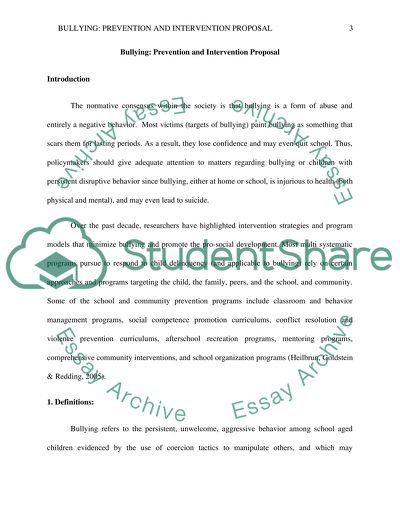Cite this document
(“Bulling: Prevention and Intervention Proposal Research”, n.d.)
Retrieved from https://studentshare.org/law/1457121-bulling-prevention-and-intervention-proposal
Retrieved from https://studentshare.org/law/1457121-bulling-prevention-and-intervention-proposal
(Bulling: Prevention and Intervention Proposal Research)
https://studentshare.org/law/1457121-bulling-prevention-and-intervention-proposal.
https://studentshare.org/law/1457121-bulling-prevention-and-intervention-proposal.
“Bulling: Prevention and Intervention Proposal Research”, n.d. https://studentshare.org/law/1457121-bulling-prevention-and-intervention-proposal.


